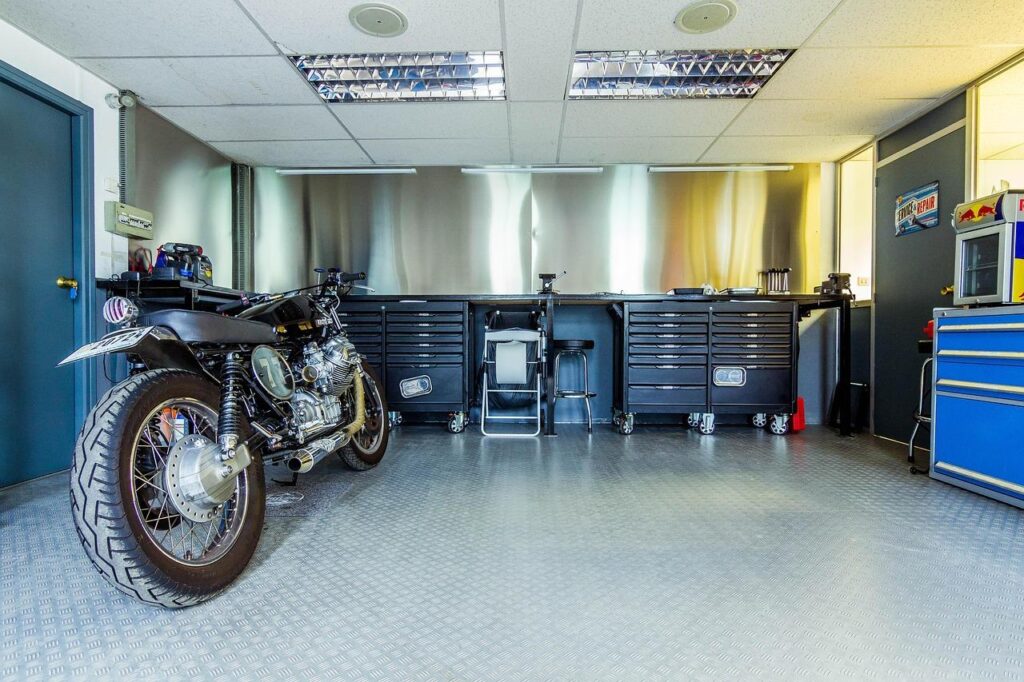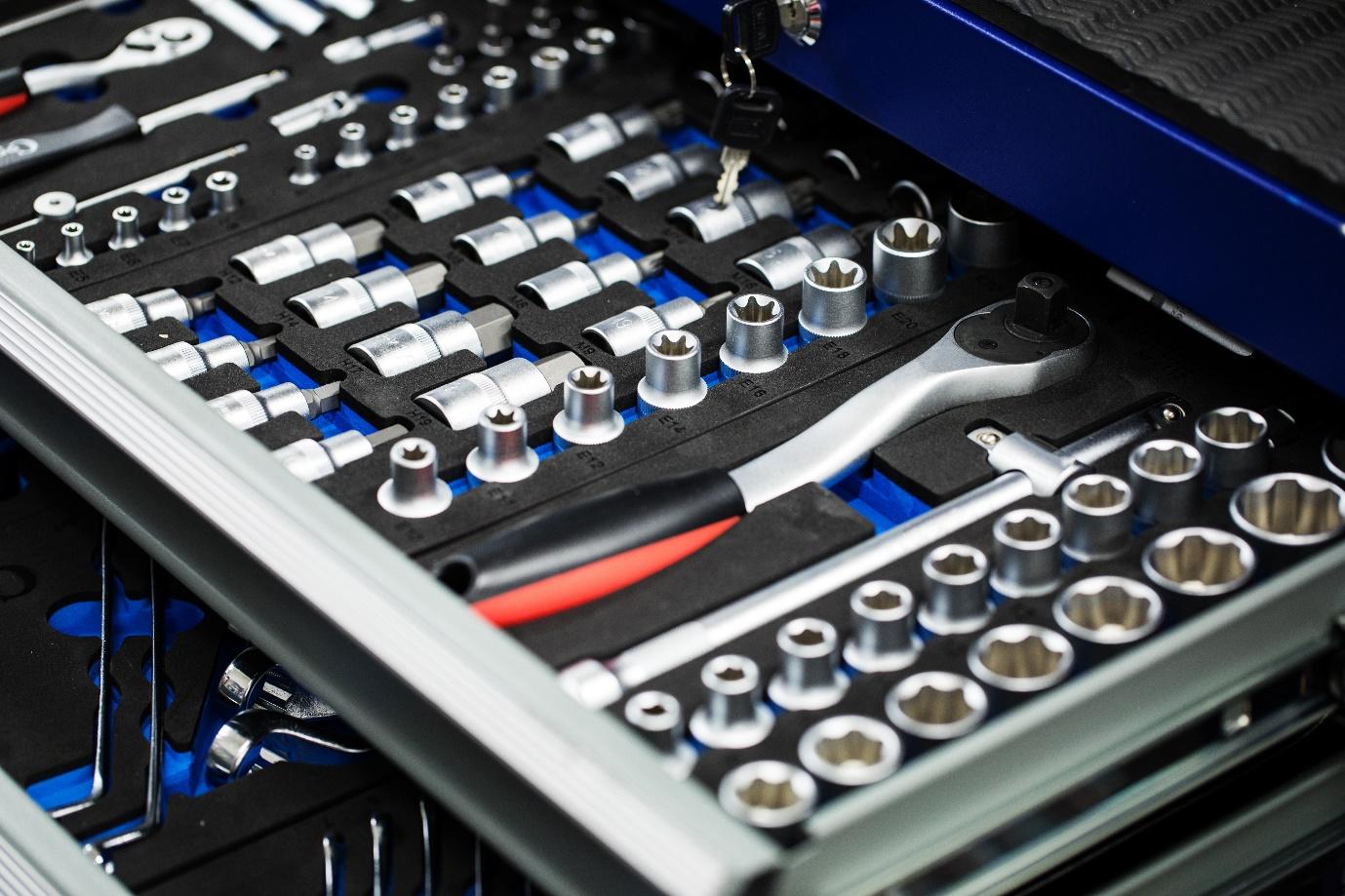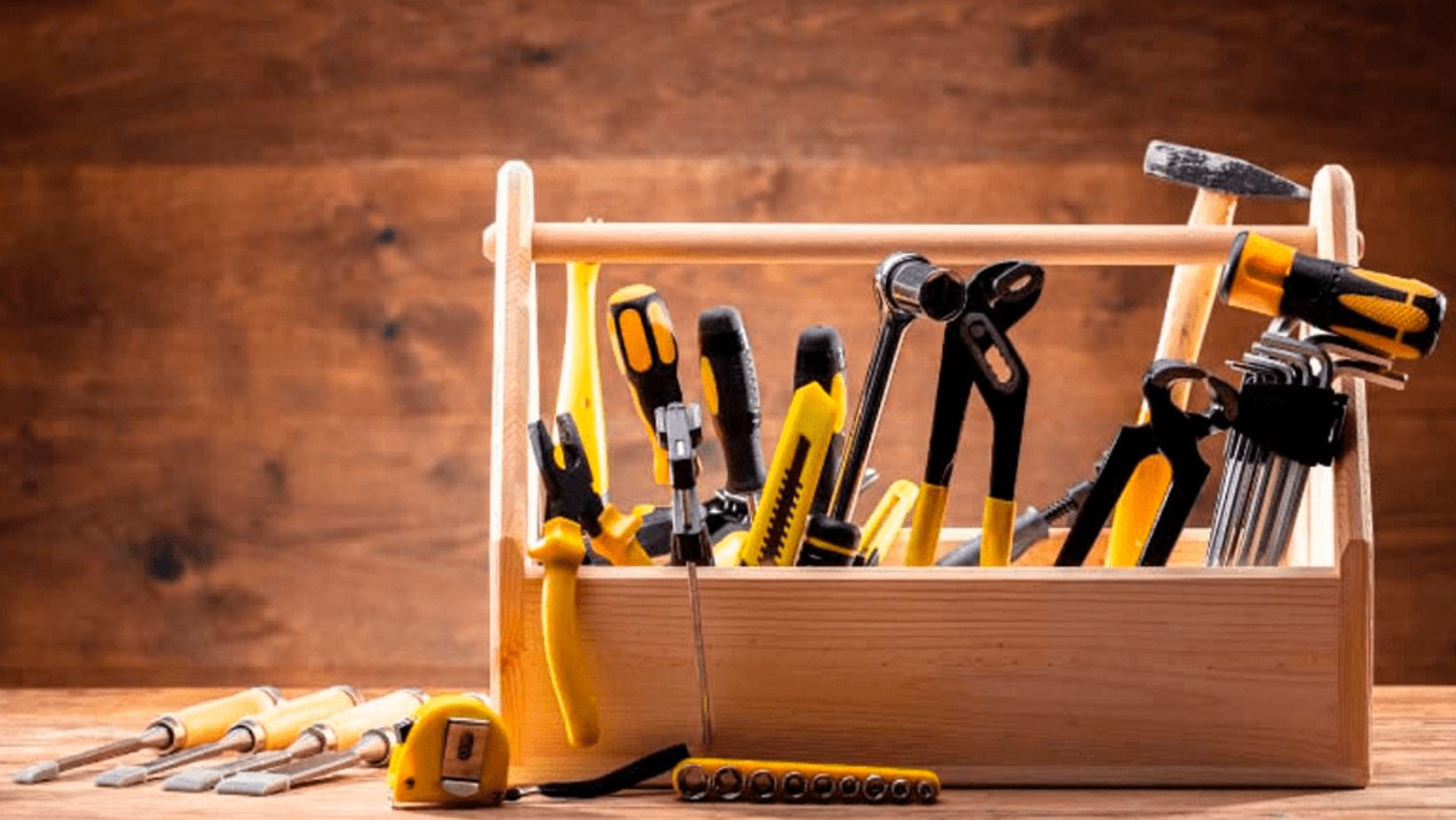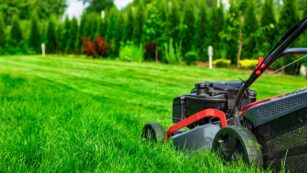
Creating an efficient and well-organised DIY station in your home is essential for tackling projects with ease and convenience. A tool chest is one of the best ways to store and organise your tools while keeping everything within reach. Below, we break down how to set up the perfect home DIY station, divided into three main areas: choosing your tool chest, organising your tools, and stocking your DIY station with essentials.
Choosing and Setting Up the Right Tool Chest
Creating the perfect DIY station starts with selecting the right tool chests. This is the core of your workspace, where all your tools will be stored and organised for easy access. The right tool chest not only ensures that your tools are safe and secure but also helps streamline your workflow, allowing you to tackle projects more efficiently. Whether you’re a weekend DIYer or a more frequent home renovator, choosing a chest that suits your space, your tool collection, and your specific needs is essential.
Tool Chest Types:
- Rolling Tool Chests offer mobility, ideal for large projects and moving tools around.
- Workbench Tool Chests combine storage with a sturdy work surface, perfect for tasks requiring a solid surface.
- Compact Tool Chests are great for smaller spaces or beginner DIYers, offering essential tool storage without taking up much room.
Material & Durability: Look for a steel chest with anti-rust coatings for durability, especially if your DIY station is in a damp area. Powder-coated finishes or stainless-steel offer extra protection.
Size & Storage Capacity: Choose a chest based on your tool collection size. Larger chests suit those with power tools, while compact ones are ideal for smaller collections. Make sure it has enough compartments to keep tools organised.

Accessibility & Placement: Consider how often you’ll need to access your tools. Rolling chests are easy to move, while stationary ones offer more stability. Place your tool chest near your work area for easy access, ensuring it’s on a level surface.
Organising Your Tools for Easy Access
Once you’ve chosen the right tool chest for your DIY station, the next step is organising your tools effectively. The key to a successful DIY workspace is having everything in its place, so you can easily grab the tool you need without wasting time searching. A well-organised tool chest not only keeps your tools safe but also boosts your productivity by ensuring quick and easy access during projects. With a bit of planning and some clever organisation strategies, you’ll be able to maximise your space and make your DIY tasks more efficient and enjoyable.
Here are some tips for keeping your tools in order and easy to find when you need them most:
Categorise Your Tools: Sort your tools by type. Keep similar items together – screwdrivers in one drawer, hammers in another, and measuring tools in a separate section. Use small containers or dividers to separate tools within the drawers.
Use Drawer Liners and Labels: Prevent tools from shifting in the drawers by adding liners. Labels for each drawer or compartment will help you quickly locate the right tool, so you don’t waste time searching.
Vertical Storage: If your tool chest has vertical space, use it wisely by storing taller items like power tools or saws. For tools you use often, consider adding hooks or a pegboard above your chest for easy access.
Stocking Your DIY Station with Essential Tools
Now that your tool chest is ready and organised, it’s time to fill it with the essentials you’ll need for your DIY projects. The following tools are indispensable for most home DIY tasks:
Basic Tools: A hammer, screwdriver set, and drill are fundamental for a range of jobs, from assembling furniture to performing home repairs.

Measuring and Levelling Tools: Keep a tape measure, spirit level, and square handy to ensure precise cuts, accurate alignment, and measurements during every project.
Safety Gear: Never forget your safety equipment. Gloves, goggles, and ear protection are essential for keeping yourself safe while working on DIY projects.
Small Parts Storage: Use additional organisers or small bins to store screws, nails, washers, and other small components. You can keep them on the workbench or in a separate section of your tool chest for easy access.
Power Tools: Depending on your DIY needs, power tools like drills, saws, and sanders may be required. Choose a compact tool chest with enough space to store these larger items securely.
Building the perfect home DIY station starts with choosing the right tool chest and setting up an organised, functional workspace. By categorising and storing your tools effectively, and stocking up on essential items, you’ll ensure that your DIY station is always ready for any project.
Whether you’re a novice or an experienced DIYer, a well-planned station allows you to work more efficiently and safely, transforming your home improvement tasks into enjoyable, stress-free experiences.











